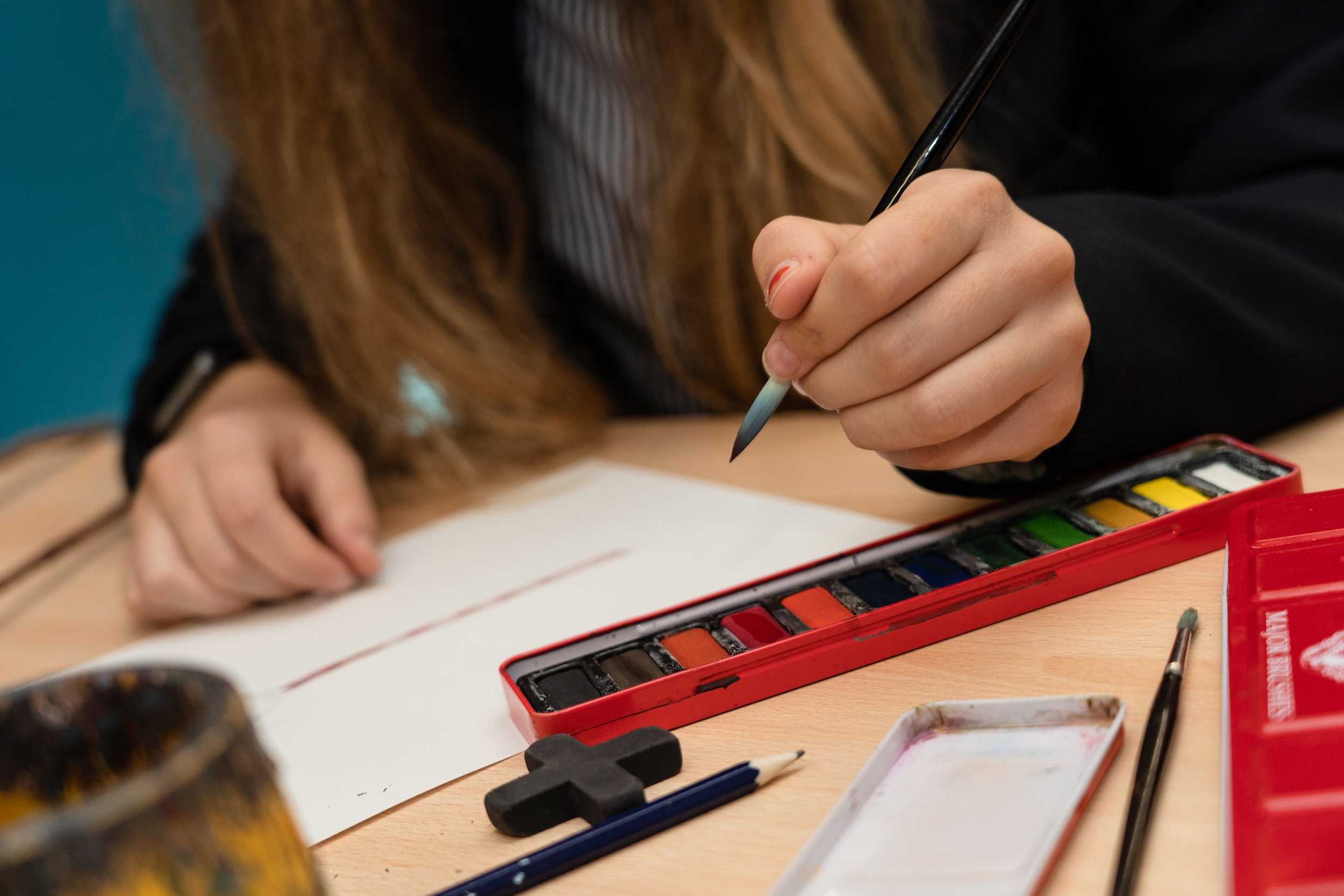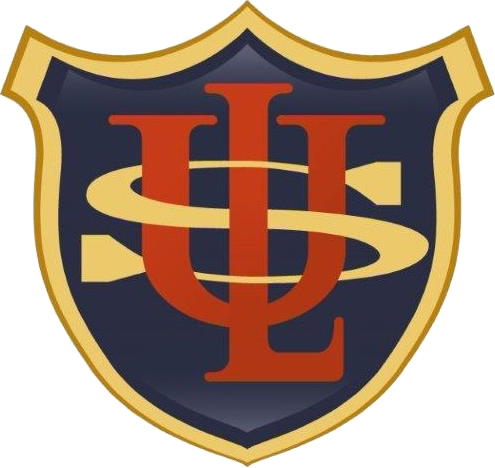
ART KS3
Overview Of The Subject
Art, craft and design embody some of the highest forms of human creativity. A high-quality art and design education should engage, inspire and challenge pupils, equipping them with the knowledge and skills to experiment, invent and create their own works of art, craft and design. As pupils progress from KS2 to KS3, they should be able to think critically and develop a more rigorous understanding of art and design. They should also know how art and design both reflect and shape our history, and contribute to the culture, creativity and wealth of our nation.
Aims Of The Curriculum/Curriculum Intent
To be able to produce creative work, exploring their ideas and recording their experiences. Become proficient in drawing, painting, sculpture and other art, craft and design techniques. Evaluate and analyse creative works using the language of art, craft and design. Know about great artists, craft makers and designers, and understand the historical and cultural development of their art forms.
To use a range of techniques to record their observations in sketchbooks, journals and other media as a basis for exploring their ideas. To use a range of techniques and media, including painting. To increase their proficiency in the handling of different materials. To analyse and evaluate their own work, and that of others, in order to strengthen the visual impact or applications of their work about the history of art, craft, design.
Curriculum Content KS3
Building On KS2 And Preparing For KS4
Building On KS2 And Preparing For KS4
Students have had a mixed introduction to art at KS2 so we aim to level the playing field and bring all students up to a similar level throughout KS3 in preparation for taking the subject at KS4.
At KS3 pupils will be taught to develop their creativity and ideas, and increase proficiency in their execution. They should develop a critical understanding of artists, architects, and designers, expressing reasoned judgments that can inform their own work.
Pupils will be taught: to use a range of techniques to record their observations in sketchbooks, journals and other media as a basis for exploring their ideas.
They will use a range of techniques and media, including painting to increase their proficiency in the handling of different materials. To further develop, broaden and extend their skills knowledge and understanding of materials and processes through the key processes of art, craft and design.
Pupils will also analyse and evaluate their own work, and that of others, in order to strengthen the visual impact or applications of their work and learn about the history of art, craft, design and architecture, including periods, styles and major movements from ancient times up to the present day.
Core Skills
Mark making and experimenting with media
Making links with artists and art history
Evaluating
Annotation
Creating personal and fully realised final outcomes
Curriculum Content
Curriculum content for each year group is below.
Year 7 Curriculum Content
In Year 7 students will start with a baseline test of drawing their shoe from observation exploring the potential of line, shape and tone. They will be introduced to the 7 visual elements and will focus on tonal value and grey scale
Students then get introduced to colour theory, paint mixing and developing skills in using the paintbrush effectively. Students will complete an assessment replicating a painting using a limited palette of the Primary Colours and white. Artist analysis on Sonia Delaunay. Students will develop their compositional skills and plan and create their own painting focussing on colour, line and shape.
Students will be introduced to the artist Henri Matisse and will create collage work based on observations of his style, and will look further into colour theory, analysing the works of Hundertwasser.
Students will then explore the theme of the human figure as depicted I Ancient Egypt, then through looking at masks from different cultures; their history and function, eventually making a mask of their own design.
Year 8 Curriculum Content
In Year 8 students begin with a baseline test of drawing half a sliced pepper from observation exploring line, shape and tone.
Students build on their knowledge of the visual elements by exploring mark making, texture, pattern, varied lines, tone and perspective. Students experiment with drawing using pencil, biro pen and coloured pencils.
Students will then be introduced to the artist Eduardo Paolozzi, and will look at the form and structure of insects, before making a sculpture of their own devised creature. Following on from this, students will look at abstraction through observational drawing of mechanical forms, looking at Futurism and Cubism.
Students will then learn how to draw portraits accurately by learning to use basic facial proportions and how to draw portraits from different angles. They will research artists Leonardo Da Vinci and Franz Xaver Messerchmidt. Students will learn to use different marks to emulate texture, apply rules of proportions and emulate accurate transition of light and dark areas, developing these works into expressive faces made in clay, using ceramic techniques and further developing skills in 3D.
In the Summer Term, students will be taught techniques of Perspective, starting with a single vanishing point, creating spatial drawings, looking at artists such as MC Escher, Vermeer and Carlo Crivelli.
Year 9 Curriculum Content
Students start the year with a baseline test of drawing a bottle in tone. They will then be taught how to explore line, shape, proportion and tone and learn to use them more accurately when drawing bottles.
Students will learn to develop their observational skills by drawing leaves using different tools such as pencil, pen, and the wax resist method. Students will research artists such as David Oliveira, Tomohiro Inaba, Rachel Ducker and Thomas Hill as inspiration. Students will create a low relief clay tile to be fired and glazed. Students will then construct a 3D wire leaf using constructive methods such as looping, joining and spiralling.
Building on Year 7 work, students will learn how to draw using 2-point perspective and research the artist David Hockney.
Students will then be introduced to Pop art and will explore its key characteristics and create their collages. They will then build upon their knowledge of drawings portraits in year 8 and create self-portraits in pop art style.
Students will finish the year looking at an issue-based project and they will research and debate whether graffiti is a form of art or just vandalism. Students will research artists Banksy and will learn stencilling techniques and Calligraphy.
How Do We Support Students That Are Not Secondary Ready?
Depending on the level of need students have access to a tailored curriculum and a range of mini projects if required.
Baseline Assessments
Students are assessed at the start of each year, including Year 7 and throughout the school year on a termly basis.
Assessment
Practical exams are assessed across the entire year group and marked from levels 1-6. Theory tests are peer assessed and a selection of classwork is marked only with comments, not grades.
Homework
Homework is set once a half term.
